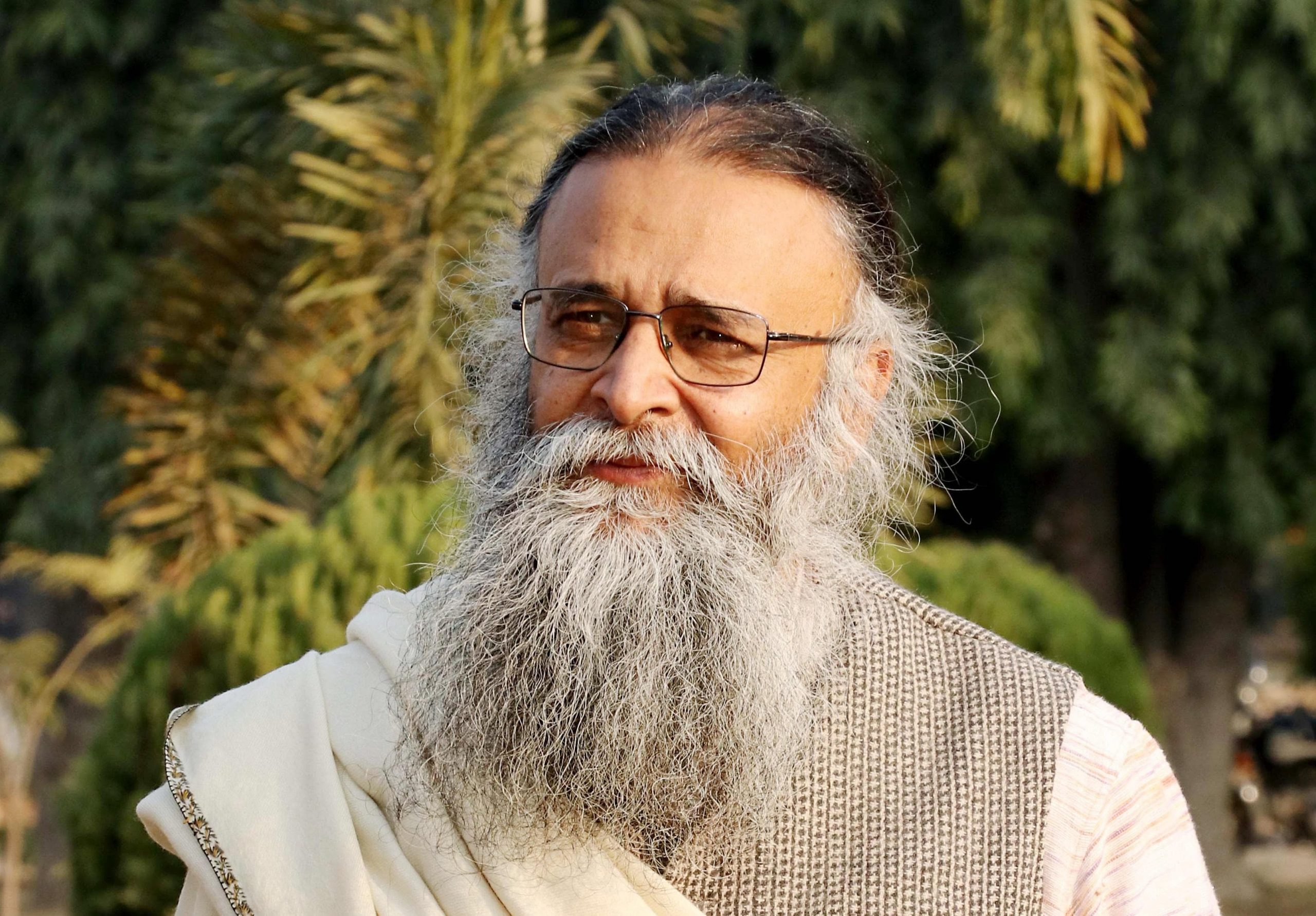The Union Cabinet has approved the National Quantum Mission at Rs6,003 crore.
Professor Arvind (he uses only one name), a theoretical physicist and vice-chancellor of Punjabi University, Patiala, is among the experts working on the mission. In an interview with Veenu Sandhu, he explains why India needs to build a quantum technologies ecosystem if it wants to be an information superpower, and its potential applications in everyday life.
Edited excerpts:
What is the National Quantum Mission all about, and since when has it been in the works?
The origin of these ideas goes back to the late 1980s and early ’90s with the seminal work on quantum cryptography. These were theoretical ideas and many people were sceptical whether they’d ever become real technologies. That scepticism has now been lifted. But the experimental efforts took much longer to develop. We as a country did not take the kind of initiative we should have, maybe in 2000-2001. It was only in 2019 that the Department of Science and Technology started the first coordinated project. It was called Quantum-Enabled Science and Technology (QuEST) and under it, about Rs 300 crore was given to several projects across the country.
These included quantum information, quantum communication with photons, quantum computation with spins, and so on. It had four verticals. I am the national coordinator for the vertical on quantum communication with photons, and that has 24 projects spread across the country — at the Raman Research Institute and the Indian Institute of Science (IISc) in Bengaluru, and in most of the IITs and the Indian Institutes of Science Education and Research (IISER).
With the QuEST project, the government realised the importance of quantum technology and decided to turn it into a much bigger programme. And so, work on the National Quantum Mission started. The idea is to develop quantum technologies: quantum communication and computation devices, quantum sensors, and so on. There will be hubs, funding will be available, there’ll be industry collaborations and teaching programmes (on quantum tech). All kinds of things should happen now.
You mentioned quantum communication and quantum computing. What do these mean?
Let me begin with quantum communication. We all are interested in secure communication. Whether you’re sending your bank password through a message from your phone, or whether the defence forces are trying to give instructions, we want nobody on the way to be able to listen to our conversations. Secure communication is achieved through cryptography. We encrypt the signal in a way that nobody else can read it.
It turns out that all earlier ways of encrypting can be broken. Quantum communication is a completely secure encoding process in which information is encrypted using certain quantum methods, which we call quantum cryptography. It is, in principle, completely secure and not readable. And if anybody tries to read it, that person will be detected. So, it’s the final answer to the secure communication problem.
Coming to quantum computing. Some problems are easy to solve on computers and others are hard. For example, multiplication is easy but factorisation is difficult. Quantum computers are new kinds of computers that will be able to solve the problems, even exponentially difficult ones that are not solvable on regular computers.
The third component is quantum sensors. The sensing capability of quantum devices is far more than that of regular devices. So, you can pick up signals from single atoms, single molecules, and so on.
Will this have direct applications?
Yes, particularly quantum secure communication. Eventually, all secure communication — whether it is passwords or security forces-related information — will involve a quantum layer.
If everyone else (in the world) is going to have quantum encryption, then India cannot not have it. These are things that nobody will sell you; we will have to develop them indigenously. A quantum industry is going to develop all over the world. It is important to have a partnership with that industry.
The mission aims to achieve certain predetermined milestones over eight years. What are these?
For example, up to what distance can you set up a quantum communication device? There are average devices that can communicate up to a few metres. But can you do quantum communication in a large city or across cities? Then there’s satellite-based quantum communication, which can be done over much larger distances. That kind of capacity will need to be built and we will have to scale up, so that we are players in the game and not just making toy models.
At a time when everyone is talking about the benefits but also potential harms of artificial intelligence, can quantum technologies help steer AI in the right direction and for the larger public good?
Ideas around AI — neural networks and machine learning — came up in the 1950s and ’60s. It’s just that we did not have big enough computers to implement those ideas then. That is happening now. Now, people are already talking about quantum neural networks and quantum machine learning. A lot of research is already happening on quantum versions of AI. It will give a new dimension to AI programmes when a quantum layer is added to them.
Which other countries are working on quantum technologies and at what stage are they vis-à-vis India?
Europe, the United States, Australia and China are the major players in the game. China did a very fundamental thing of showing satellite-based quantum communication. In quantum computing, IBM and Google set up the prototype quantum computers three-four years ago, and have brought in their next versions now.
In 2000, when we started our little research in IISc and some other people in Kolkata too started working on these ideas, China had not even set up a programme. Their policymakers and government saw its importance much earlier than ours. We were ahead of them in terms of scientific curiosity, interest and initial work, but we delayed our mission quite a lot — I would say by 20 years. But it’s better late than never.
Now, we have to scale up and that also means human resource development in the area.
How far are we from achieving the milestones under the mission?
Well, some of the early milestones are already set up. In quantum communication, many groups have shown the prototype cryptosystems. So we are very hopeful that within three years, we will have a working prototype for cryptosystems. Computing will take a little more time.
We’ve talked about the benefits of quantum technology; are there also limitations?
I’d say, taking a leadership role in the area of development of technologies is not easy for a country like ours, which has not really taken such a role earlier. If you look at, say, the regular computers, we are primarily users of these technologies. When you want to develop new technologies, you need an ecosystem around those. That ambience and ecosystem does not exist to the level it exists in most developed countries. Therefore, it is not going to be so easy to move forward with this mission.
The second thing, as I already mentioned, is that we are a little late. But that is also an advantage. For example, we know about many of the things that people tried and failed. So we know what can work and what cannot. Therefore, progress could be faster.
Note:- (Not all news on the site expresses the point of view of the site, but we transmit this news automatically and translate it through programmatic technology on the site and not from a human editor. The content is auto-generated from a syndicated feed.))



